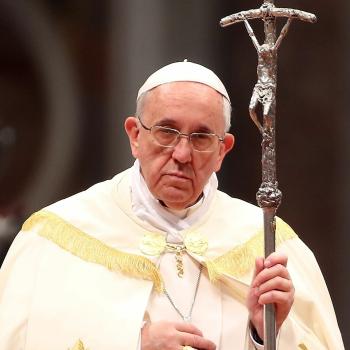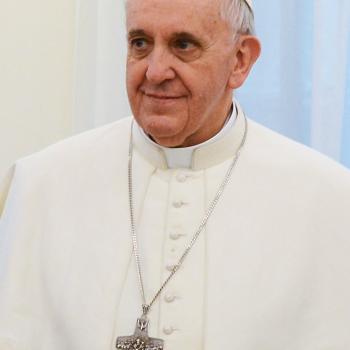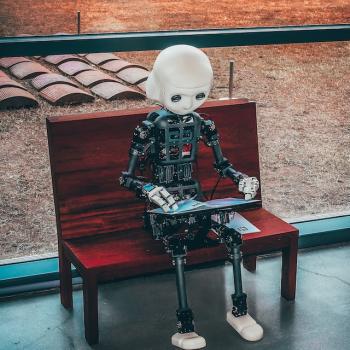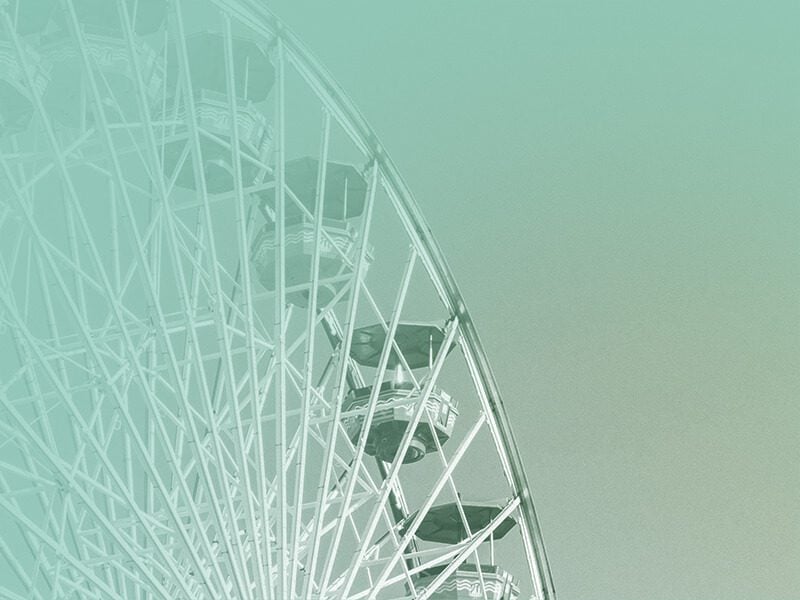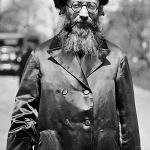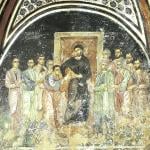My heart pounded as I stepped off the plane and boarded the shuttle that would take me to the terminal. I could hardly believe that I was about to enter the country that once stood at the centre of humanity’s closest brush with nuclear war. This was a nation that, as an American growing up in Buffalo, NY, I’d always heard was bad, bad, bad; watching the six o’clock news as a kid in the 1990’s, I took the rafts I saw struggling to reach Miami as a sign of its badness. But then, once I hit adulthood and started hanging around leftists, I learned that maybe this country wasn’t so terrible after all; its people had bravely staged a revolution against a corrupt government; for all these fifty years they’ve been seeking to reject dominant paradigms and find a new way of being in the world. This was the country about to enter a new epoch with the resuming of diplomatic relations with its former arch-enemy. And, it was the birthplace and homeland of some of the world’s greatest writers and musicians: José Martí and Alejo Carpentier, Celia Cruz and the Buena Vista Social Club. Having consumed a strange soup of ideas and assumptions over the years, I did not know what to expect when I stepped into the Varadero airport arrivals and joined the immigration queue.
I did know one thing for certain: my view of Cuba was going to be limited. While the purpose of my trip was cultural – I was travelling with my Toronto-based choir in order to engage in workshops with Cuban musicians – the truth was that I could not expect to be anything more than a tourist. As scholar John Urry has argued, tourism is a complex phenomenon (particularly when there is a large wealth disparity between hosts and guests) in which visitors pay to see a spectacle they may easily mistake for its reality:
Isolated from the host environment and the local people, the mass tourist travels in guided groups and finds pleasure in inauthentic, contrived attractions, gullibly enjoying “pseudo- events” and disregarding the “real” world outside. As a result tourist entrepreneurs and the indigenous populations are induced to produce ever more extravagant displays for the gullible observer who is thereby further removed from the local people. Over time, via advertising and the media, the images generated of different tourist gazes come to constitute a closed self- perpetuating system of illusions which provide the tourist with the basis for selecting and evaluating potential places to visit (7).*
I was well aware that the experience of tourists in Cuba was radically different from that of the Cubans themselves. Most Cubans would never be able to afford the bars and restaurants that tourists frequent; only recently have Cubans been allowed access to their own country’s resorts. As much as we desired an artistic and cultural exchange with the Cubans we met, we held in our possession something that they did not: the financial resources needed for international travel and a ticket back to a wealthy country. Therefore, I knew that we would not be meeting the Cuban musicians on equal terms.
Nevertheless, as the week went by, I found myself indulging in the “tourist gaze,” growing more and more enchanted with the sights and sounds of this island. We met a community choir much like our own, a professional women’s choir (who taught us a lovely rendition of “Guantanamera”), a vocal jazz ensemble, brilliant students at a prestigious music school, and a phenomenal professional Afro-Cuban dance troupe who performed a private concert based on the myths and rituals of Afro-Cuban religions. I bought some lovely books in Havana’s old section and took a meditative stroll alongside its iconic malecón, the great sea wall built to protect the city from flooding. Our group also travelled to Western Cuba, where we visited a nature reserve, an orchid garden, and a tobacco farm where cigars – exported and sold to tourists, but rarely accessible to most Cubans – are made. But amid the beauty and enchantment of this island, snippets of a complex reality poked through. “Most people here are not in agreement with the system, but we have to pretend that we are,” one taxi driver informed me as he drove a small group of us to the old city for a guitar concert. “You can’t say what you really think – not even in your own house.”
Another cab driver, however, gave me a different perspective. “I love this country more than anything,” he told me. “I’ve had opportunities to leave, and I choose to stay. This is my home.”
“How did you put up with having to work on Christmas for so many years?” I asked Mery, a member of the jazz choir over lunch. (Christmas was not a public holiday in post-revolutionary Cuba until Pope John Paul II’s visit in 1998). “We have put up with a lot of things,” she said. She then began to discuss her country’s main problem: the economic disorder that has been in place since the Special Period of the 1990’s, when the collapse of the Soviet Union deprived Cuba of its economic lifeline. However, she did not think that Canada and Europe – places she had visited while touring with her professional ensemble – were better on all fronts. The commercialism, the ubiquity of advertising, the high degree of individualism – all of these things were somewhat unfathomable to her. When I mentioned my country of citizenship, she added more to her list of appalling things: a society where even small children kill one another with guns, a nation where racism remains deeply entrenched.
In that moment I wished I’d brought some Spanish-language copies of Polish Nobel laureate Czeslaw Milosz’s 1951 essay A Captive Mind to share with the people I was meeting. Analyzing the complex reality of the Polish people under communism, this text is still urgently relevant for anyone who desires to gain insight into the life of a truth-seeking intellectual living under a dictatorship. Milosz reveals that, as much as they resented their lack of political and intellectual freedom, most Polish intellectuals did not look positively toward the Western side of the iron curtain. According to Milosz, one central concern of intellectuals in the Soviet satellite countries was the capitalist West’s marginalization of intellectuals and artists, who generally are unable to make a living from their work:
Fear of the indifference with which the economic system of the West treats its artists and scholars is widespread among Eastern intellectuals. They say it is better to deal with an intelligent devil than with a good-natured idiot. An intelligent devil understands their mutual interests and lets them live by a pen, a chisel, or a brush, caring for his clients and making his demands. A good-hearted idiot does not understand these interests, gives nothing and asks nothing – which in practice amounts to polite cruelty (39).**
This was a concern expressed by many Cuban artists we met. In Cuba artists who show promise in childhood are given a thorough education in their discipline and offered the opportunity to make a living at it. While this is true of some artists in the capitalist world, we cannot deny that for us the arts occupy a more marginalized position.
Indeed, the most striking feature of the Cuba I got to see was the wealth of its culture.Cuba’s political and economic situation has always been harsh. It was the last Spanish colony in the New World to fight for independence; however, it gained its freedom in 1898 only to fall under the immediate control of the US, which maintained influence through a series of puppet governments culminating in the dictatorship of Fulgencio Batista. Unfortunately, the 1959 revolution ousted that dictatorship only to institute another. However, no regime has ever been able to deprive this diverse nation of is tremendously rich culture. Religion is no longer restricted. Santería – a syncretism of West African polytheism and the Catholic cult of the saints – is widely practiced; Protestant Christian churches are ubiquitous; people are eagerly awaiting Pope Francis’s upcoming visit to their country in September of this year. More broadly, it is clear that music, dance, the visual arts and literature are highly valued. Amazing murals cover Havana’s walls; at night crowds of people gather at the malecón to socialize and sing (in addition to hearing plenty of guitar players, I was thrilled to hear a trombonist). As far as I can see, the arts stand at the centre of Cuban society, not the periphery. And this is something that we all can learn from.
There is much to admire in the Cuba I was so privileged to see. Through their resourcefulness and ingenuity the Cuban people have survived the economic isolation of the Special Period – a challenge that we will all face as natural resources become more and more scarce. Compared to many countries with a legacy of slavery, Cubans have largely overcome racism. They do not suffer the extreme disparities of wealth and poverty seen in so many other countries. A basic social safety net is available to all, and Cuban physicians serve needy communities around the world. Nevertheless, listening to the few Cubans I managed to talk with about these issues, I detected in their voices the same yearning that permeate’s Milosz’s essay: a deep desire for freedom to express themselves honestly, the right to speak without fear.
*Urry, John. The Tourist Gaze. London: Sage Publications, 2002, p. 7.
** Milosz, Czeslaw. The Captive Mind. Trans. Jane Zielonko. New York: Vintage International, 1981.
Note: If you are interested in learning more about Cuba and its complex reality, there are two excellent films that I would recommend: Memories of Underdevelopment by Tomás Gutiérrez Alea (1968) and Suite Habana by Fernando Pérez (2003).









